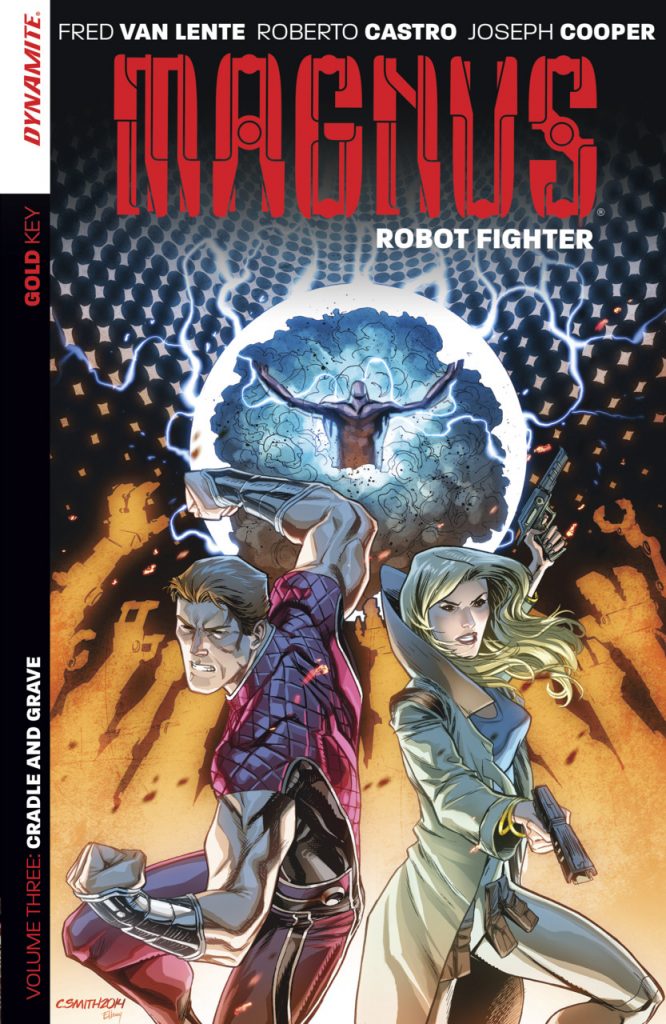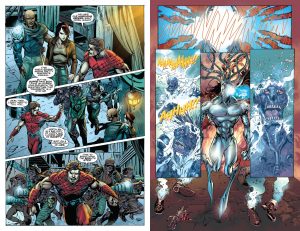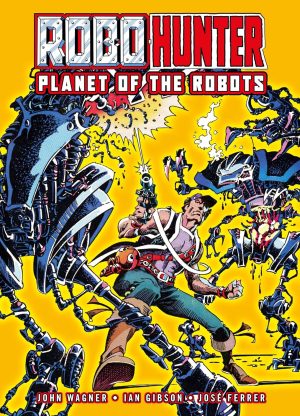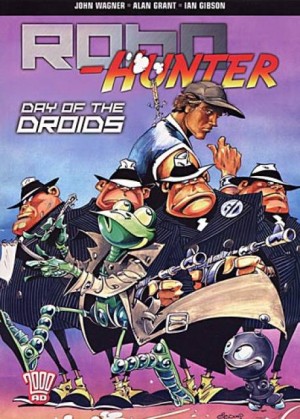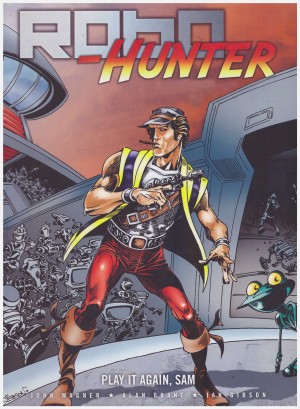Review by Frank Plowright
Much has changed for Magnus since he emerged from the world within his head to the real world of North-Am, controlled by robots, many of whom appear human, and where actual humans are repressed and in hiding. At the end of Uncanny Valley he reunited with the robot consciousness that raised him, and they concluded the pressing problem was Senator Clane, the man in contact with the processing core of North-Am.
With this conclusion it’s apparent that Fred Van Lente had a complete story to tell over three volumes, one of Magnus emerging into a corrupt world and applying corrective procedures. Starting unsure and disoriented, he finishes completely in command of what he can do, controlling robots with brief voice commands and simply destroying all others. Except there’s one he can’t deal with as easily, one that requires a different approach.
Cory Smith’s art was standard, and so is that of Roberto Castro, although perhaps he can plead mitigating circumstances due to his attempting to keep the look of the series consistent. He mimics Smith’s layouts and draws people in the same way, unable to express any emotion other than anger. Design had been a strength for Smith, but Castro is weaker and his robots show less imagination, the robot mastermind resembling nothing as much as a 1990s Terminator.
Van Lente throws in a couple of interesting surprises about recreating humanity, and reveals the foundation of his thoughts as a couple of early 21st century theories about the development of artificial intelligence. This, though, is bolted onto a standard action plot with surprises rare, in which robots monologue as pompously as any would-be world conquering supervillain and declarations of love are contrived to fit old continuity rather than having any rational basis. By the end there’s little left to care about.
